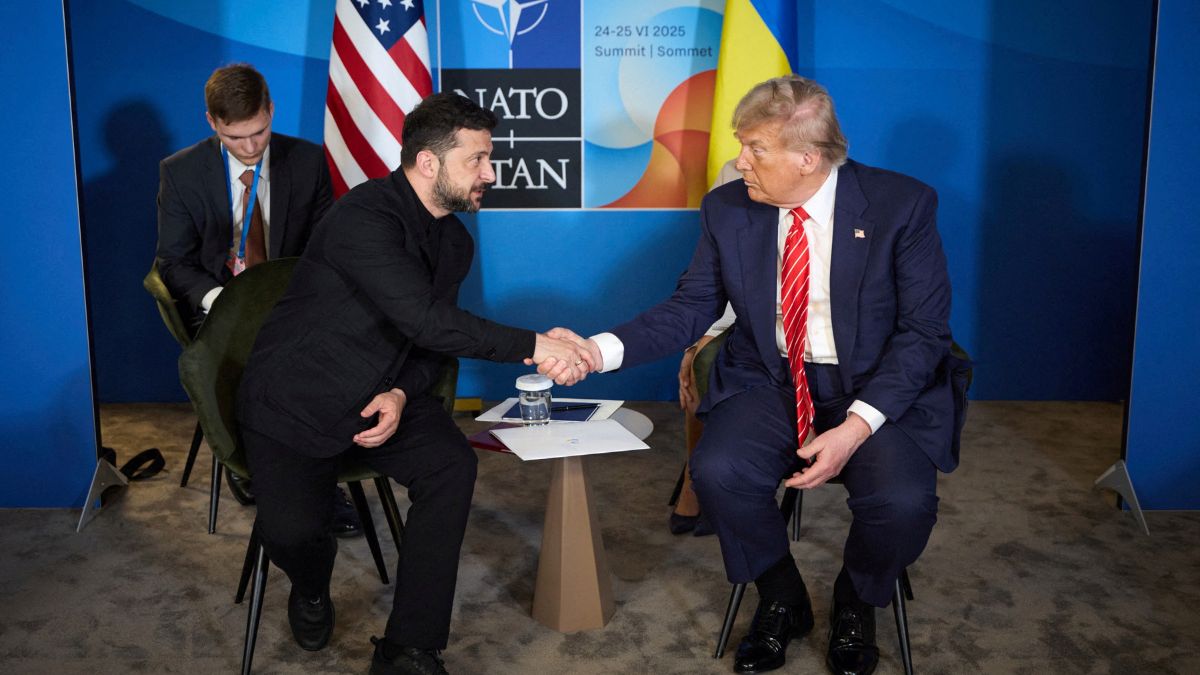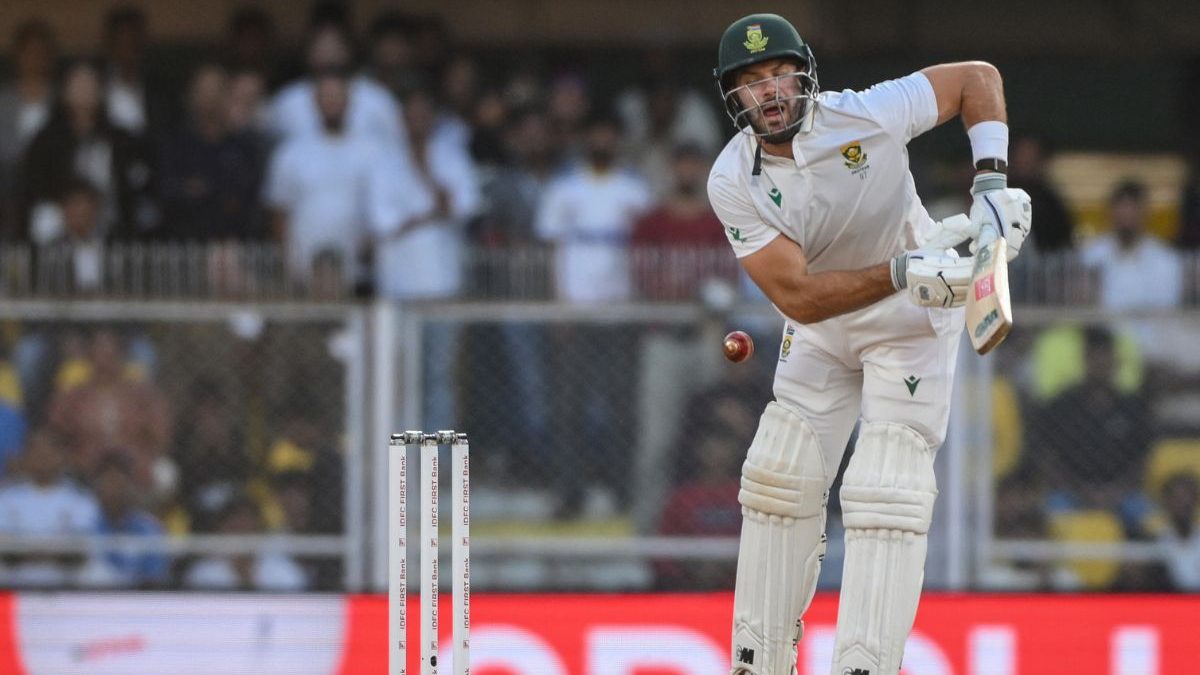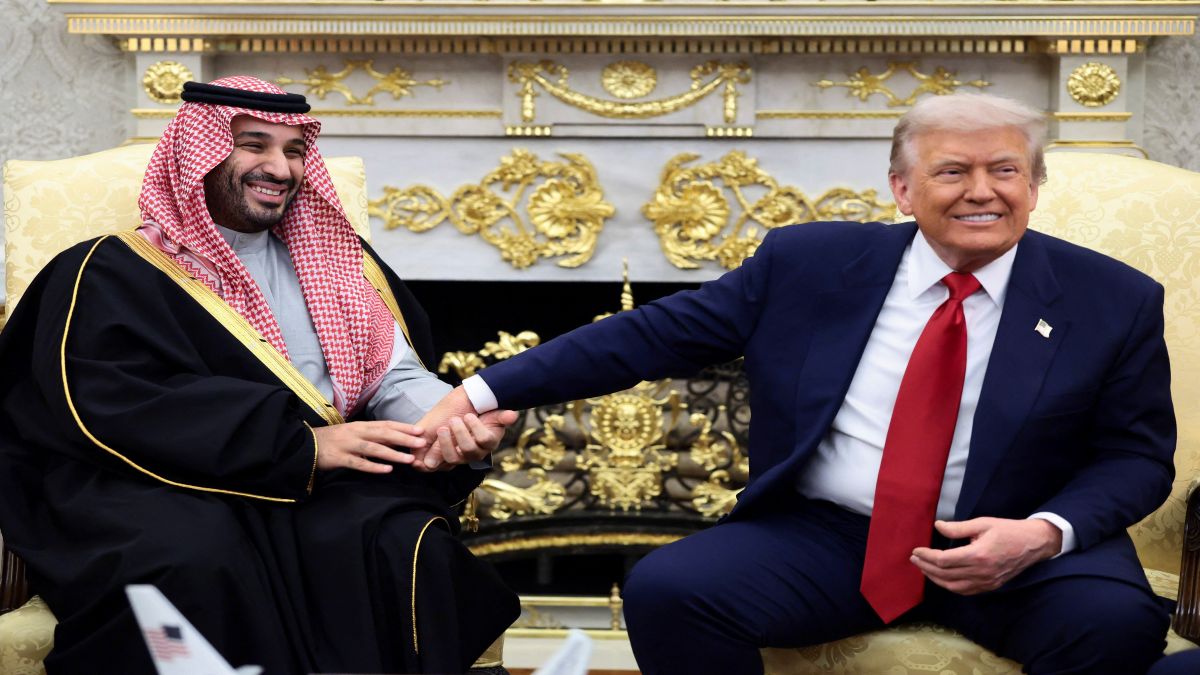With a corruption scandal plaguing President Volodymyr Zelenskyy and Russia making slow but real progress on the ground, US President Donald Trump has mounted a pressure campaign on Ukraine to accept the ‘28-point plan’ that will amount to surrender and an end of sovereignty.
That plan that secretively drew up with Russia is essentially a wish list that comprises most of Russian leader Vladimir Putin's maximalist demands.
While Zelenskyy and most Ukrainians across the spectrum have dubbed most of these conditions as red lines they would not accept, here are five biggest points that will make or break any deal.
ALSO READ: With Russia’s terms to Ukraine, Putin seeks surrender — not a peace deal
As it appears, Ukraine and European partners have drafted a counter-proposal and Ukrainian and American delegations are holding talks. But, as Trump appears to firmly aligned with Putin, it remains to be seen if the two sides would reach a genuine middle ground or Ukraine would be forced into signing a one-sided deal.
Here are the five decisive questions.
Will Ukraine give up Donbas region?
Under Trump’s 28-point plan, Ukraine would cede the entire Donbas region —comprising Donetsk and Luhansk provinces— to Russia.
This would include ceding vast territories in Donbas that are still under Ukrainian control.
Importantly, Donbas comprises the industrial heartland of Ukraine as it is at the core of the country’s mining, machinery, and chemical industries. Moreover, ceding Donbas would mean giving up the ‘fortress belts’ that refers to highly fortified cities of Slovyansk, Kramatorsk, Druzhkivka, and Kostyantynivka, which have formed a shield against Russia since 2014 when Russia first invaded Ukraine.
Under Trump’s plan, the territory vacated by Ukraine would be a “neutral demilitarised buffer zone”.
Independent commentators have said that giving up Donbas would not just mean surrendering the country’s economic heartland and prestige but could also turn the military against the government. Thousands of soldiers have perished defending the region and there are concerns that if the region is vacated entirely, the civil-military relations in the country could break down, posing a challenge for the administration.
Quick Reads
View AllFor Zelenskyy, the territorial question could be the biggest consideration.
ALSO READ — Russia-Ukraine talks: What terms and conditions Putin and Zelenskyy want to apply to peace
Additionally, Ukraine will also cede claims on Crimea, which Ukraine invaded and occupied in 2014, and freeze battle lines in Kherson and Zaporizhzhia provinces.
Will Ukraine get real security guarantees?
Under the 28-point plan, Ukraine would not get any security guarantee.
The plan says that “it is expected that Russia will not invade neighbouring countries”. The non-binding phrasing means the clause is dead on arrival.
Over the years, Russia signed many deals with Ukraine, including the Budapest Memorandum, but none of those deals stopped Russian invasions of 2014 or 2022.
The 28-point plan says Ukraine will get “reliable security guarantees” but does not mention any detail.
Axios has separately reported that the Trump administration drafted a second document in which purported Nato-like guarantees are mentioned. Under that plan, an attack on Ukraine would be treated as an attack on the ’trans-Atlantic community’.
As per this second document, a “significant, deliberate, and sustained armed attack” by Russia on Ukraine “shall be regarded as an attack threatening the peace and security of the transatlantic community” and shall attract a response by the United States and Europe in consultations with Ukraine and Nato. In such an
“These measures may include armed force, intelligence and logistical assistance, economic and diplomatic actions, and other steps judged appropriate. A joint assessment mechanism with NATO and Ukraine will evaluate any claimed breach,” the document says.
FULL TEXT OF THE U.S. DRAFT PROPOSAL FOR A UKRAINE SECURITY GUARANTEE:
— Barak Ravid (@BarakRavid) November 21, 2025
🚨This Framework establishes the conditions for an armistice between Ukraine and the Russian Federation and provides a security assurance modeled on the principles of Article 5 of the North Atlantic Treaty,… https://t.co/rapUq7ov6K
While the arrangement looks like Article 5 of Nato, there are questions whether it would mean anything. For example, the deal sets the threshold high —“significant, deliberate, and sustained armed attack”— for any support to be provided to Ukraine.
As Trump has repeatedly accused Zelenskyy of starting the war and attacking Russia, there is no assurance that he would —as a guarantor— recognise any Russian attack on Ukraine.
Who gets Russia’s frozen assets?
Contrary to Ukraine and European’s partners’ plan, Trump wants most of the Russian frozen assets for a US-Russia business fund.
Of around $300 billion of frozen Russian assets, Trump’s plan would put $100 billion for Ukraine’s rebuilding, which will be topped by another $100 billion by the European Union (EU), and take another $100 billion a US-Russia business fund.
Should there be a general amnesty?
Another sticking point will be the plan providing amnesty to all parties, including Russian officers and soldiers.
In the past three years, evidence has emerged that Russian forces committed human rights violations in Ukraine territories under their control. Mass graves have been discovered in areas retaken by Ukrainian forces and widespread accounts of Russian personnel sexually abusing Ukrainian detainees have surfaced.
An amnesty would mean that no war crime trials would be held.
Should Ukraine’s army be capped?
Under Trump’s plan, Ukraine’s military would be capped at 600,000 — a provision right out of Treaty of Versailles imposed on Germany after World War I. There would be no such cap on the Russian military.
Moreover, previously, Russia has also sought to limit the type of weapons, ammunition, and aircraft, and their numbers, that Ukraine can keep.
The condition, along with other conditions like mainstreaming Russian language and pro-Russia Orthodox church, would essentially end Ukraine’s sovereign status.


)

)
)
)
)
)
)
)
)



